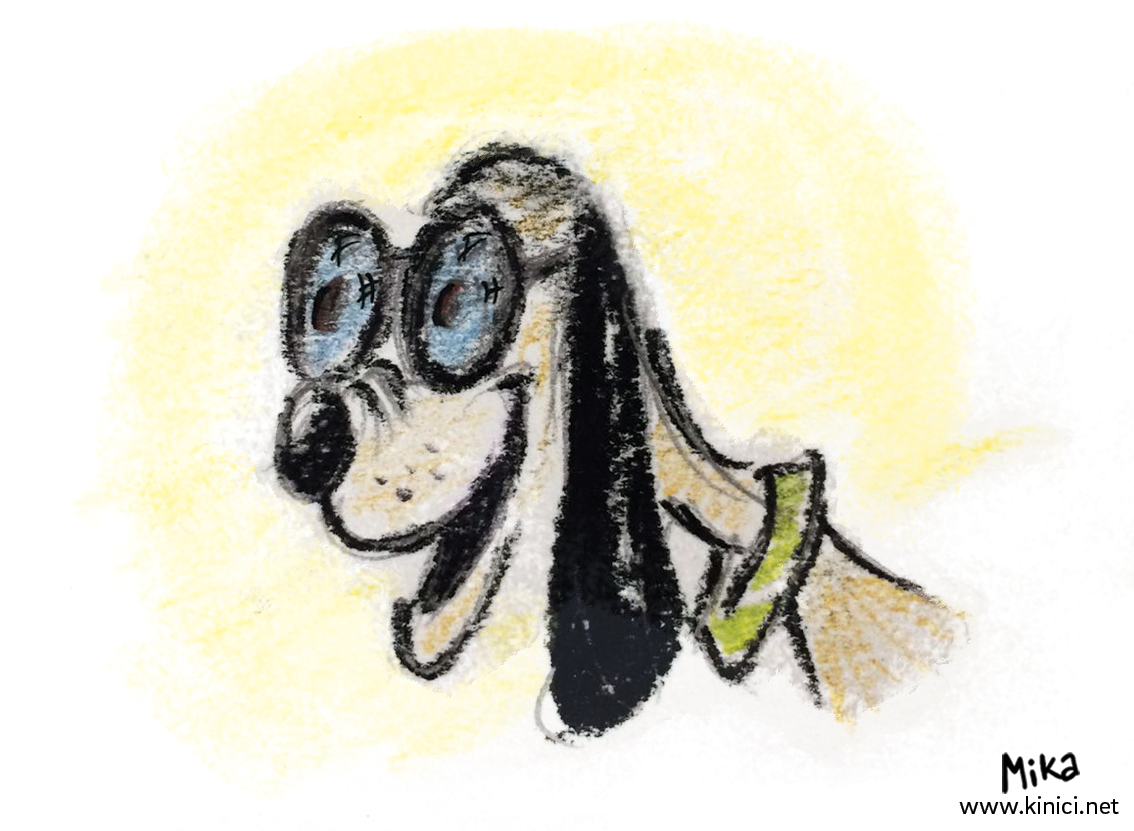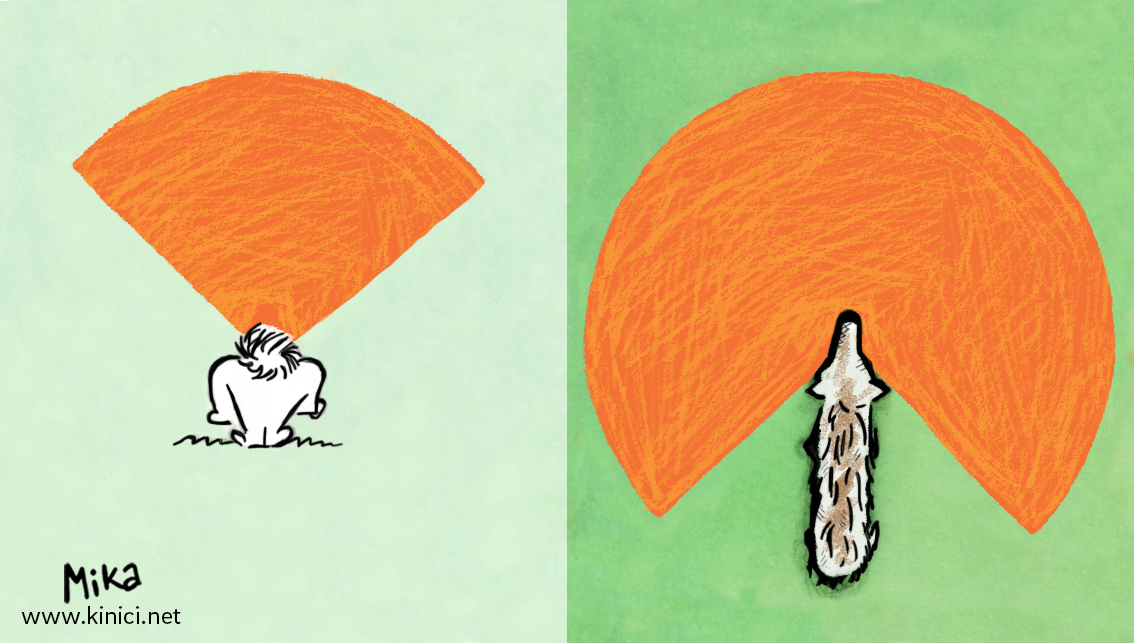 In comparison to human eyes, dog eyes are more sensitive to movement and change of the intensity of the light. They can see better than humans in the dark and dimmer light. At daytime when there is enough light they cannot detect as much details as humans can. They do not see in black and white completely but can make difference with certain colour spectrum, before all shades of violet and brown. Colour is not significant to them as much. There is a special layer at the back of the eye that reflects light. This is why their eyes glow in the dark.
In comparison to human eyes, dog eyes are more sensitive to movement and change of the intensity of the light. They can see better than humans in the dark and dimmer light. At daytime when there is enough light they cannot detect as much details as humans can. They do not see in black and white completely but can make difference with certain colour spectrum, before all shades of violet and brown. Colour is not significant to them as much. There is a special layer at the back of the eye that reflects light. This is why their eyes glow in the dark.
Predators (animals that naturally prey on other animals) have their eyes in the front which makes binocular vision possible and at the same time, precise estimate of distance. If there is an object in front of a dog that is still, it will be almost invisible to the dog – until it moves. A dog will easily detect it and go after it at the slightest movement.
They have excellent peripheral vision. Humans have 100–120º vision field while most of domestic dogs have 180º. Wild canids have 270º vision field and even some domestic dogs sighthounds do too, using sight mainly while chasing the prey. For comparison, herbivores (rabbits, antelopes...) have eyes set on the side, which allows exceptionally wide panoramic view that covers almost all 360 degrees.

